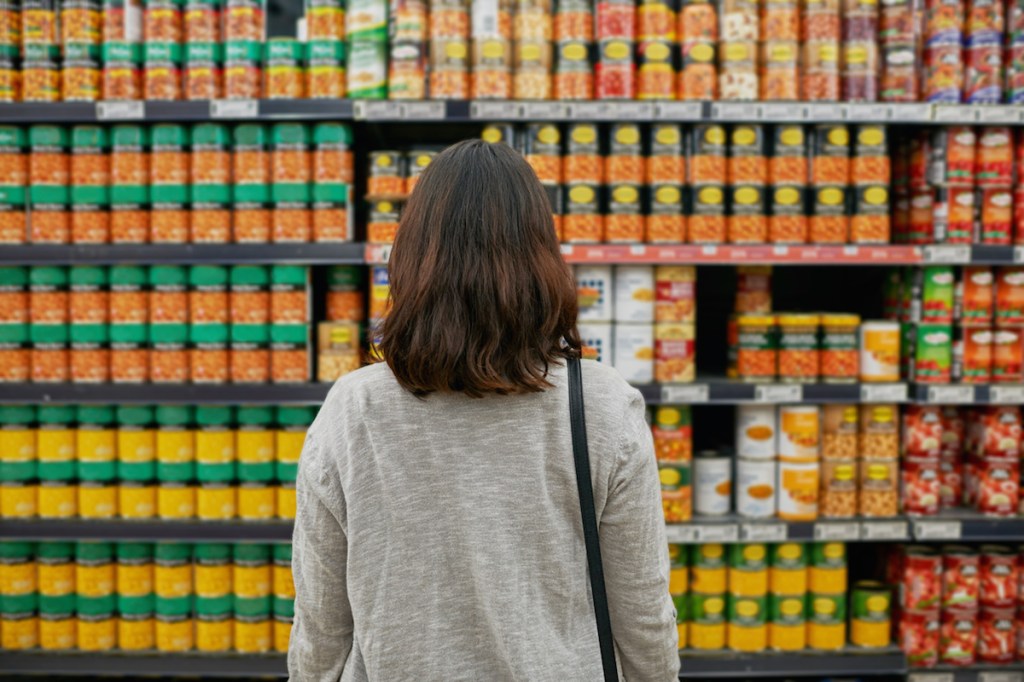I’ve been thinking a lot lately about customers and their decision making. How much of their purchasing habits are planned versus impulsive? What can we do in our stores to make purchasing decisions easier for customers? How are their behaviours changing in the evolving world we live in today?
I recently attended a webinar on consumer behaviour and it talked about consumer behaviour being driven by two key elements: motive and ability.
Motivation is made up of individual motives and social context. Marketers spend a great deal of time trying to delve into the consumer psyche to influence their motivations. I think the ‘good mood food’ campaign we’ve recently seen is a great example of trying to stimulate consumer motivation by promoting that people will feel better when they eat healthier foods. Given the timing with COVID-19, this would have resonated with consumers even more.
The social context impact on motivation is also important. What are the social norms that exist that may impact behaviour? A great example of how social norms can impact the success of a new product is the ‘Breakfast Chips’. Yes, chips made of cereal-type ingredients served up in a bag just like chips. A super convenient breakfast on-the-go that didn’t require milk! Sounds like a great way to target that on-the-go customer, so why aren’t breakfast chips sitting in our stores today? Think about the social norm aspect here. Who wants to sit on a train at 7am looking like they’re eating chips for breakfast? Given the product no longer exists, it seems not many people!
Ability is where influencing consumer behaviour starts to get more relevant for us retailers. Ability is made up of skills and opportunity. Opportunity is about the environment and how easy it makes the behaviour. We know people in a rush on a hot day are highly likely to be motivated to get a cold drink, so putting a fridge at the front counter is creating an environment where these customers can easily make the purchase. It makes me think about our utilisation of space and how much thought we put into the likely motivations of our customers. What are some of the new or changing motivations that may exist? I think we would all agree that hand sanitiser and masks are an easy one!
We do have some highly motivated customers that walk through our doors with a plan to purchase. We need to think about these common shopper missions and make sure we’re making it easy for them to navigate our stores and find what they’re after. The impulsive customers are those that are motivated but more likely tipped to purchase by seeing the things they didn’t think they needed until they’ve seen it. We all know our impulse zones; and this is where retailers should be very considered about their space utilisation. This zone is a high value area. When was the last time you analysed performance of products in this area, are you using it well?
This article was written by Skye Jackson, Head of Merchandise Planning at Ampol for the October/November issue of C&I Retailing Magazine.

